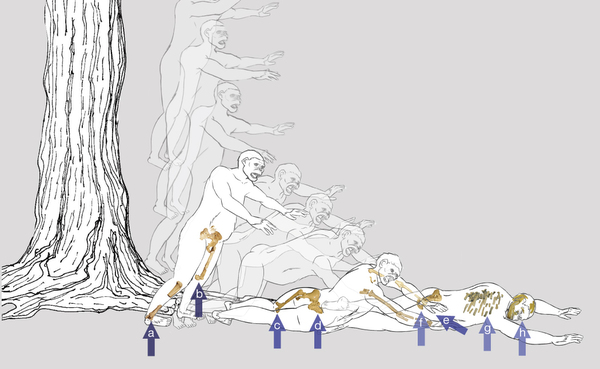martes, 3 de enero de 2017
Open sourcing Lucy, the world’s most famous fossil
What happens when you can download the world's most famous fossil?
Forty years after she was discovered, Lucy, the world’s most famous fossil australopithecine, just might have a cause of death. In August of this year, a team of paleoanthropologists led by John Kappelman argued in Nature that Lucy died 3.2 million years ago by falling out of a tree. Their conclusion has been met with skepticism among fellow researchers, and Lucy's death-by-tree-fall hypothesis has generated no shortage of debate within the scientific community of paleoanthropology.
But there's a takeaway here that's more significant than the study’s conclusion—this study's approach to sharing data with the scientific community and the public at large. In a move that is in keeping with the growing trend across paleoanthropology and other sciences to open up access to data, the study’s scientists have published CT scans of Lucy’s tibia, femur, humerus, and scapula—all bones they analyzed in their study. Now, they invite colleagues, detractors, educators, and ardent fossil enthusiasts to download and print Lucy’s scans, encouraging audiences to “evaluate the hypothesis for themselves.”
Why was publishing Lucy’s scans so significant? This paleoanthropology initiative does in some way tie into to the broader movement for open access, transparency, and reproducibility in science. But does publishing fossil data actually help create knowledge within the paleoanthropological community? [...] Ars Technica
Suscribirse a:
Enviar comentarios (Atom)








No hay comentarios:
Publicar un comentario